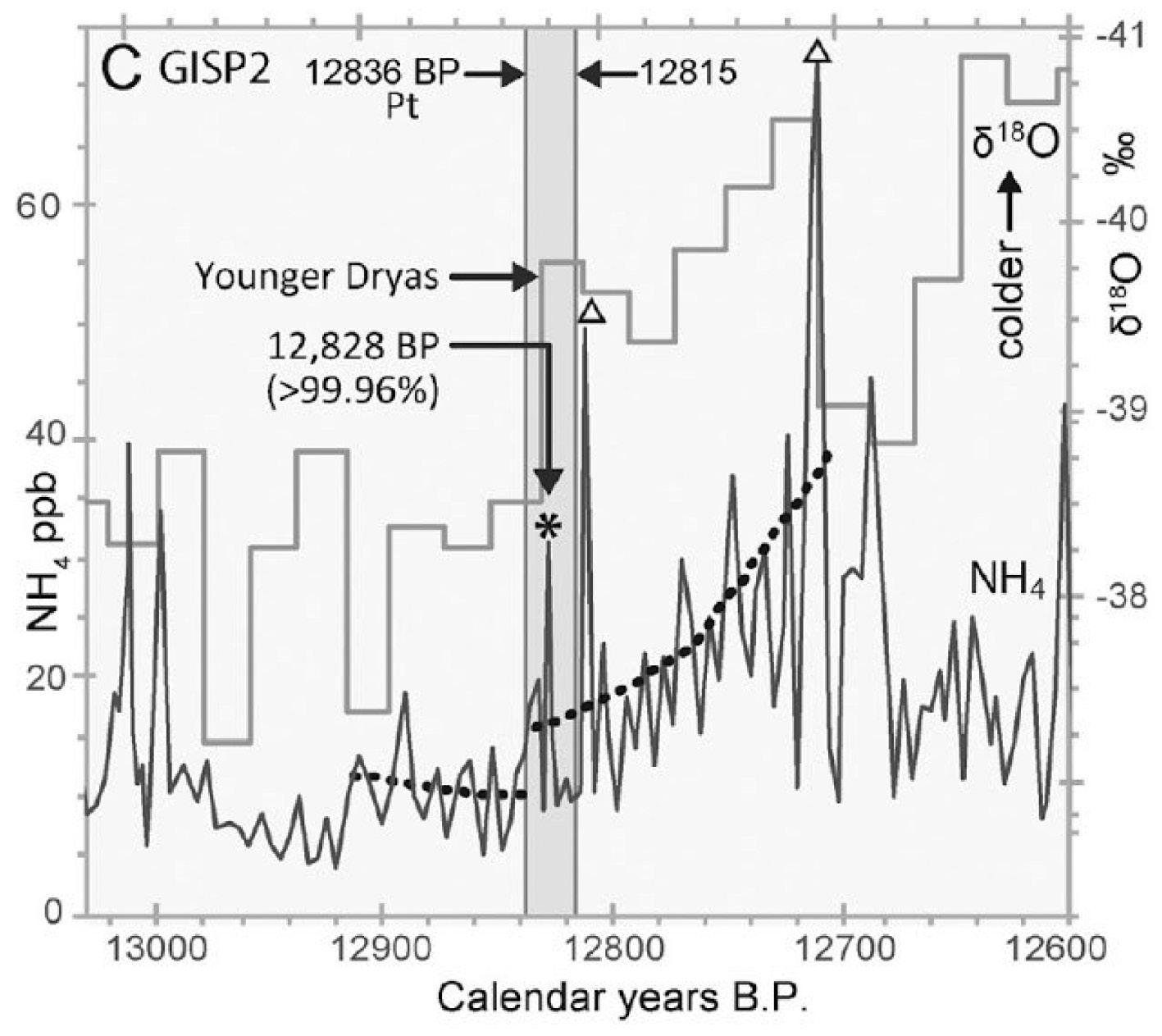
is 4% in practice? Is it going to change anything in someone’s daily life? Often, these small effect sizes can lead to media hype that oversells the importance of the findings, creating unrealistic expectations about the impact of health interventions.
6. Cherry-Picking Data
Cherry-picking involves selecting only data that supports a particular conclusion while ignoring data that may contradict it. This can create a biased portrayal of results, leading to misleading claims.
For instance, a study might report positive outcomes from a new medication while omitting cases where the medication was ineffective or caused adverse effects. When evaluating research, it’s crucial to consider the full dataset and any publication bias that may exist. This means looking at studies with negative results, as they can be just as informative.
In summary, navigating medical research requires a keen eye and an understanding of the common pitfalls in statistical interpretation. By being aware of these issues, you can think critically about health claims and have a better grasp of what the data truly shows.